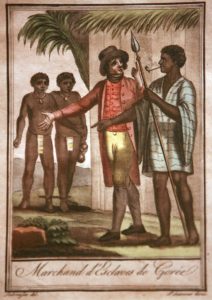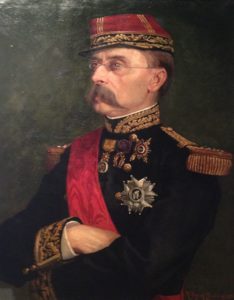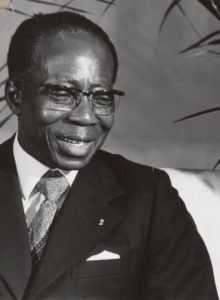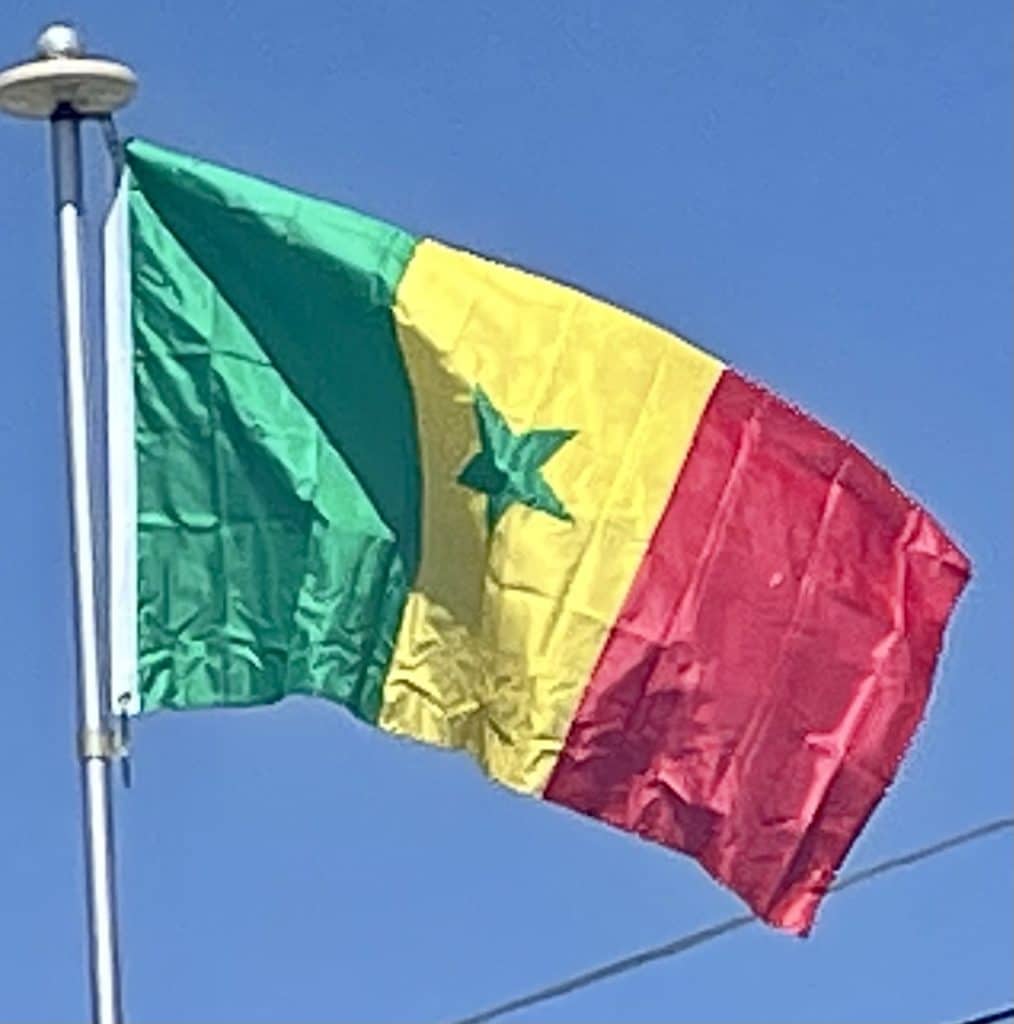In the mid-15th century, the Portuguese landed on the Senegal coastline, followed by traders representing other countries, including the French. Various European powers — Portugal, the Netherlands, and Great Britain — competed for trade in the area from the 15th century onward.

In 1677, France gained control of what had become a minor departure point in the Atlantic slave trade: the island of Gorée next to modern Dakar, used as a base to purchase slaves from the warring chiefdoms on the mainland.
European missionaries introduced Christianity to Senegal and the Casamance in the 19th century. It was only in the 1850s that the French began to expand onto the Senegalese mainland, after they abolished slavery and began promoting an abolitionist doctrine, adding native kingdoms like the Waalo, Cayor, Baol, and Jolof Empire. French colonists progressively invaded and took over all the kingdoms, except Siné and Saloum, under Governor Louis Faidherbe.

Yoro Dyao was in command of the canton of Foss-Galodjina and was set over Wâlo (Ouâlo) by Louis Faidherbe, where he served as a chief from 1861 to 1914. Senegalese resistance to the French expansion and curtailing of their lucrative slave trade was led in part by Lat-Dior, Damel of Cayor, and Maad a Sinig Kumba Ndoffene Famak Joof, the Maad a Sinig of Siné, resulting in the Battle of Logandème. In 1915, over 300 Senegalese came under Australian command, ahead of the taking of Damascus by Australians, before the expected arrival of the famed Lawrence of Arabia. French and British diplomacy in the area were thrown into disarray.
On 25 November 1958, Senegal became an autonomous republic within the French Community.
Independence (1960):
On 4 April 1959 Senegal and the French Sudan merged to form the Mali Federation, which became fully independent on 20 June 1960, as a result of a transfer of power agreement signed with France on 4 April 1960. Due to internal political difficulties, the Federation broke up on 20 August, when Senegal and French Sudan (renamed the Republic of Mali) each proclaimed independence.
Léopold Sédar Senghor was Senegal’s first president in September 1960. Senghor was a very well-read man, educated in France. He was a poet and philosopher who personally drafted the Senegalese national anthem, “Pincez tous vos koras, frappez les balafons” (English: “Strum all thy koras, strike the balafons”). Pro-African, he advocated a brand of African socialism.

In 1980, President Senghor decided to retire from politics. The next year, he transferred power in 1981 to his hand-picked successor, Abdou Diouf. Former prime minister Mamadou Dia, who was Senghor’s rival, ran for election in 1983 against Diouf, but lost. Senghor moved to France, where he died at the age of 95.
Senegal joined with The Gambia to form the nominal Senegambia Confederation on 1 February 1982. However, the union was dissolved in 1989. Despite peace talks, a southern separatist group (Movement of Democratic Forces of Casamance or MFDC) in the Casamance region has clashed sporadically with government forces since 1982 in the Casamance conflict. In the early 21st century, violence has subsided and President Macky Sall held talks with rebels in Rome in December 2012.
Geography:
Senegal is located on the west of the African continent.
